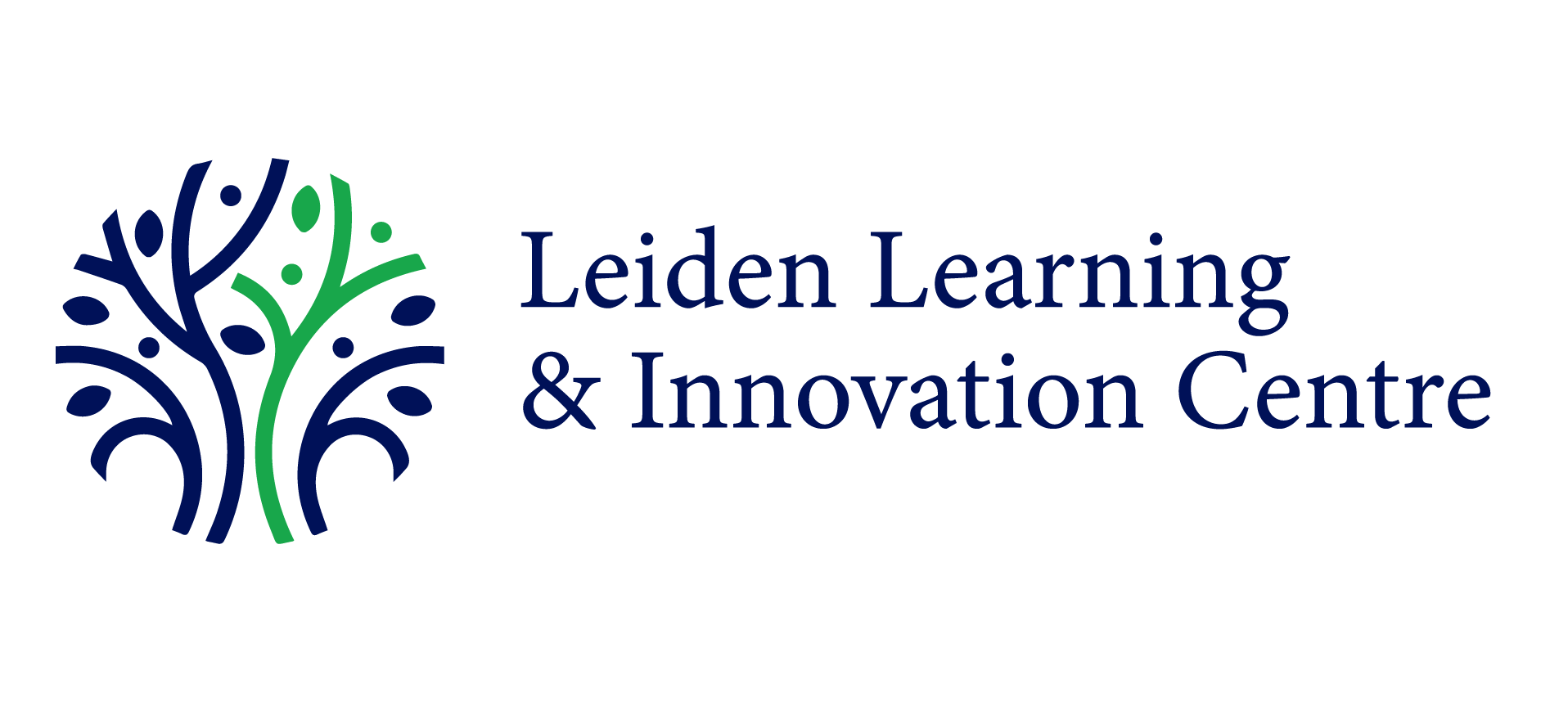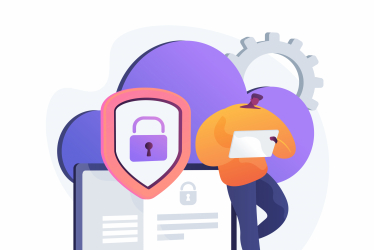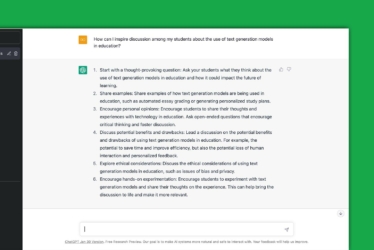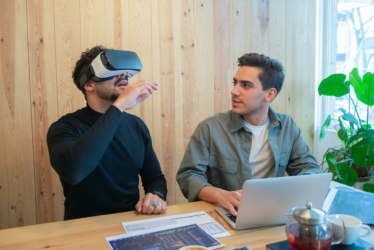Insights
Best of Both Worlds
How Leiden is learning to combine teaching offline and online
Leiden University started the first experiments with Online Learning in 2013, launching an online Massive Open Online Course for 30.000 students, a first in the Netherlands. Six years later there are 850K students on Coursera, and more than 100 Leiden teachers are involved with digital learning. The emphasis at campus in 2019 is on blended learning: mixing online and offline material in one course, and a lot is happening all around Leiden University at different faculties and levels. Reason for ICTO, Centre for Innovation and LUMC to organise a symposium together exploring the Best of Both Worlds on the 31st of January 2019, bringing people into contact with each other to share lessons learned.
A look at the market
Hester Bijl, Vice Rector Magnificus of Leiden University emphasized how digital learning enhances quality of education and its active learning fits with the new vision of Learning @ Leiden. It is campus education especially that should benefit from this. Neil Morris, Dean of Digital Education at the University of Leeds and keynote speaker, concurred that he saw the same thing in the UK, adding that the unbundling and rebundling of online courses for credit opens up flexible pathways for future students who mix and match their own curriculum that way. Students can explore material from a variety of high quality online courses from universities all over the world. Universities that do not move in that field, may find themselves made redundant by companies that demand such flexibility from their future employees.
The move towards this unbundling and rebundling and students creating their own curriculum is not without its challenges. Not only does it require a different state of mind for teachers and managers, it also means we need to discuss how we can safeguard the quality of online material, and the coherence of a partly online diploma. We need to agree on standards, as well as guide students in their choices. On top of that there are different audiences to serve. It pays to give attention to these different use cases of online learning, from knowledge valorisation for the general public to prospective students, campus students right up to alumni or professional learners keeping up to date with the latest knowledge.
The variety of experiences on campus
During the break out sessions speakers concentrated on the current on-campus students. The essence of Flip the Classroom, a form of blended learning, is putting material, whether that is video, readings or something else, online before students come to class. This allows for more in depth, active discussions in class and improves what students take away from it. Several teachers emphasised how important it is to do a very fundamental redesign of course and curriculum and looking at the pedagogy used, rather than just create something hip. What do you want to achieve? What do students need? How can you use online and offline material to support this, based on research based methods? This allows for clear choices being made in the course design and getting the most out of the possibilities. Centre for Innovation organises Learning Experience Design workshops to assist teachers who want to explore this.
While many people presume that young learners are digital natives who are very comfortable in online courses, experience teaches us that many learners need to learn how to do online learning well and accept that it requires more and a different kind of work from them than just following lectures. Above all the students need to understand why teachers have made this choice and how they benefit from a more active participation, both online and offline. These clear expectations remove a lot of the complaints that often can be heard at the start of changes, explains Natasja van der Zwan in her presentation on running Research Methods of Public Administration, stating that the first student evaluations were not positive. That has improved over time by the teacher being upfront on the expectations and benefits.
Marlies Reinders of LUMC showed how online material can be re-used in the curriculum in various ways, which reduces the cost of the time investment in producing online courses. This means an online course should not be an isolated incident, but shared widely within each institute, faculty and perhaps the entire university for maximum benefit. The interesting start of a conversation for several teachers how to achieve that in practice, such as using Kaltura, or in future LMS BrightSpace.
Finally most creators of online learning emphasize that online teachers need both appreciation and recognition for their efforts as valuable contributions as well as compensation for the extra time they have devoted to it. Online learning can increase workload and that is in nobody’s interest.
The goals of bringing people into contact with each other, and sharing best practices were more than met. Participants learned a lot from each other. One of the conclusions of the symposium was to organize more of these sharing sessions.
18 teachers about their experiences (in dutch)
MOOC The Unbundled University, by Neil Morris
- How do I start with online learning?
You can always come talk to the Centre for Innovation for a first orientation. The ICTO programme, focusing on innovation, can also be reached through the centre. Your next step should be talking to your institute and your faculty, to ensure your efforts are part of a wider strategy and you can find funding.
- What if my students complain?
It is true that students in evaluations can be critical of new forms of (digital) learning. They may not have encountered it before which makes them uncertain, or it requires them to work differently and more proactive. It helps if you clearly explain beforehand why you as a teacher believe that activated learning is a quality improvement that benefits all students and how that fits your institute’s vision on learning. Also clearly state your expectations of the student’s participation.
- How much time and cost is involved?
This depends on the project and the concept it uses. A MOOC or SPOC from design till delivery will cost you at least 6 months, working on this project dedicatedly 1-2 days a week. The course can then be maintained over a period of 3-5 years at least and by re-using material in various way you may recoup cost and time investment. Investment averages vary depending on the kind of product you wish to make, but the sky is the limit. If you need the latest technology, with on location filming and lots of animation that will add to the cost and time, while the more you can do yourself, the more cost will lower though it obviously adds to your dedicated time.




